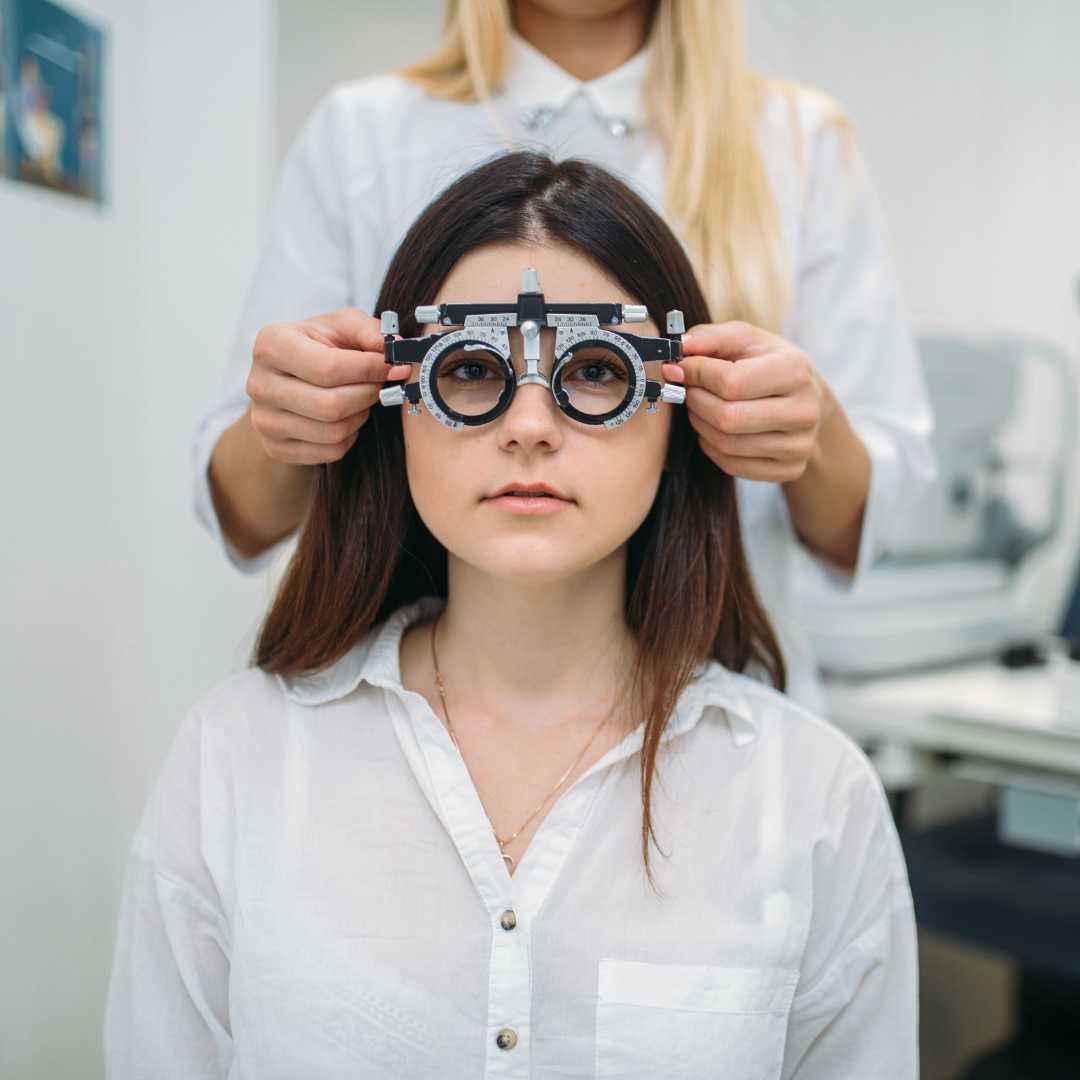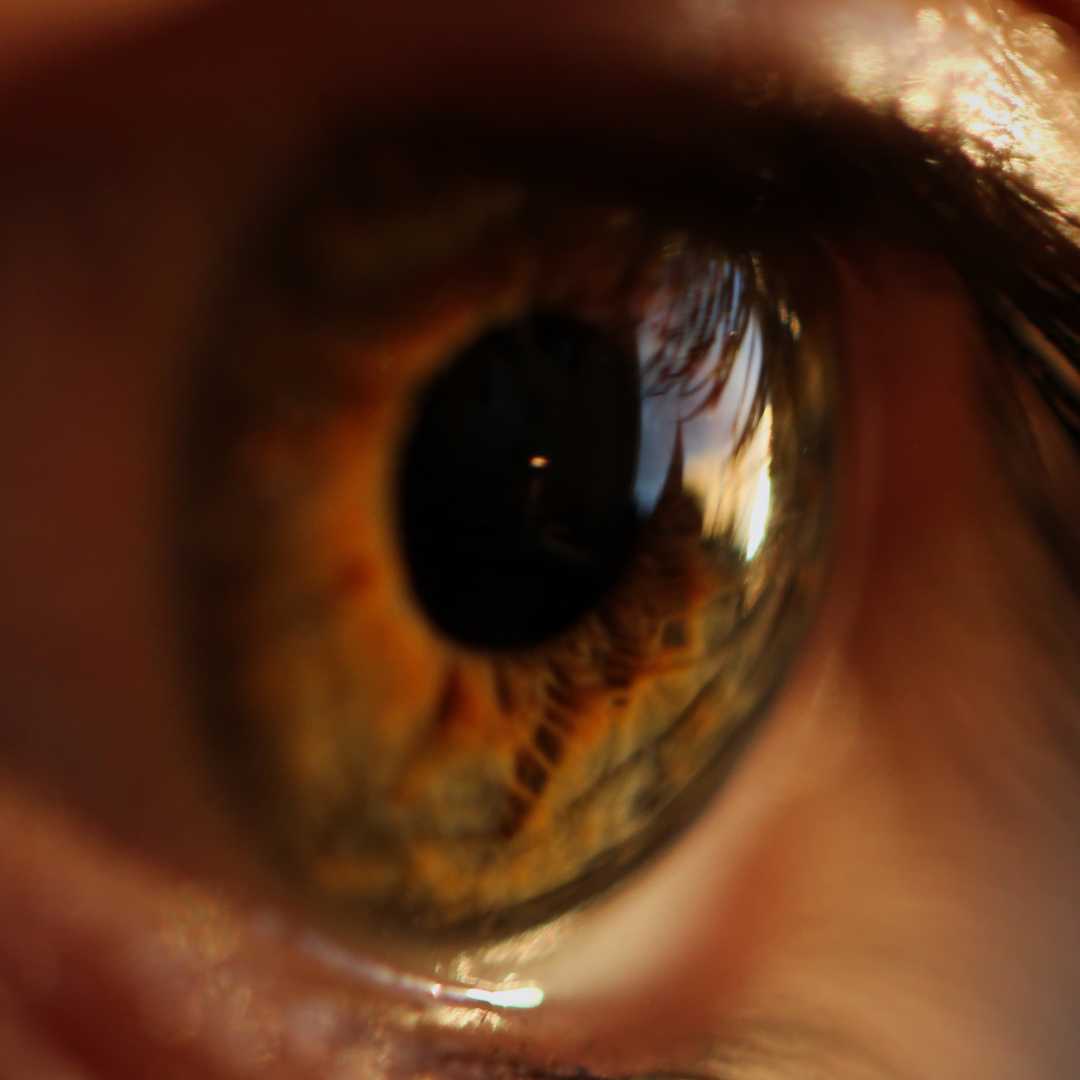New, Advanced Cataract Treatments Reduce the Need for Glasses
New advancements in cataract treatments have reduced the need of millions to rely on glasses for reading and computer use following cataract surgery. Approximately three million Americans opt for cataract surgery every year to specifically remove the cloudy lens that develops over the lens as cataracts develop.
The condition, also known as opacity, causes a progressive loss of vision. Left untreated, cataracts can lead to blindness. They also drastically reduce both front and peripheral vision, as well as depth perception. Aging eyes contribute to the condition, as do injuries, prolonged use of some medications, eye diseases, and sometimes, diabetes.
Advanced Lens Technologies Offer Hope – and Clear Vision
In the past, cataract surgery replaced the damaged, clouded lens of the eye with a new lens, and either near vision or far vision could be restored, but not both, due to limitations in lens technology. Because of that, an individual often had to make the choice, and then rely on glasses to meet their needs.
New advances in cataract surgeries and treatments now correct both far and near vision, without having to rely on glasses following the procedure. Several new lenses have been developed in recent years to improve vision in cataract patients, including multifocal lens implants such as ReSTOR, Crystalens and ReZoom lens technologies.
![Cataract Treatments Image Istock Xsmall[]](https://www.placidway.com/cdn-cgi/image/quality=50/https://www.placidway.com/editor_images/1371818680_1330622857_iStock_000004167649XSmall[1].jpg)
The Benefits of Intraocular Lens Technologies
Intraocular lens technologies for cataract surgery provide numerous benefits to patients diagnosed with cataracts. In the past, monofocal lenses were used after removal of the cloudy lens caused by cataracts, which was adequate for the restoration of functional distance vision. However, following the procedure, patients still needed to rely on glasses to correct near vision or astigmatism conditions. Today, a new generations of intraocular lenses enable patients to see well at any distance, without reading glasses, bifocals, or contacts.
Patients today have three options when it comes to intraocular lenses: multifocal lenses, monofocal lenses, and astigmatism-correcting lenses.
- A monofocal lens provides clear distance vision, but still requires a patient to wear glasses for reading or computer usage.
- Multifocal lenses offer full range of vision, distant and near, and they correct conditions like presbyopia.
- The astigmatism correcting lenses are for those diagnosed with corneal astigmatism, offering patients optimal distance vision. Although patients choosing this type of lens don't have to rely as much on glasses for near vision, they still do need to wear glasses for reading.
The benefits of advanced lens implants improve quality of life for patients, and provide clear vision for everything from driving to reading the fine print on a medicine bottle. Promotion of functional daily living activities is the focus of such advancements. The variety of intraocular lens implants today provide slightly differences in optical design to achieve clear vision at all distances, and more clearly than ever before.
Outpatient Procedures Improve Vision
The cataract replacement lens, more commonly known as an intraocular lens or IOl, is inserted through tiny incisions in the cornea following break up and removal of a clouded lens. This is done through precise and controlled laser surgery. Once the new lens is in its permanent position, improved vision is immediate, with continued and improved vision occurring several days to several weeks following the surgery.
Advanced cataract treatments are performed with laser technologies, and are an outpatient service that doesn't require individuals to stay in the hospital. Anesthetics are given to numb the nerves around and in the eye. Before and after surgery, doctors often prescribe eye drops to help reduce the chance of infection as well as reduce swelling.
For more information about cataract surgery technologies, intraocular lenses and options, visit PlacidWay.com, a medical resource and provider based in Denver, Colorado.








Share this listing